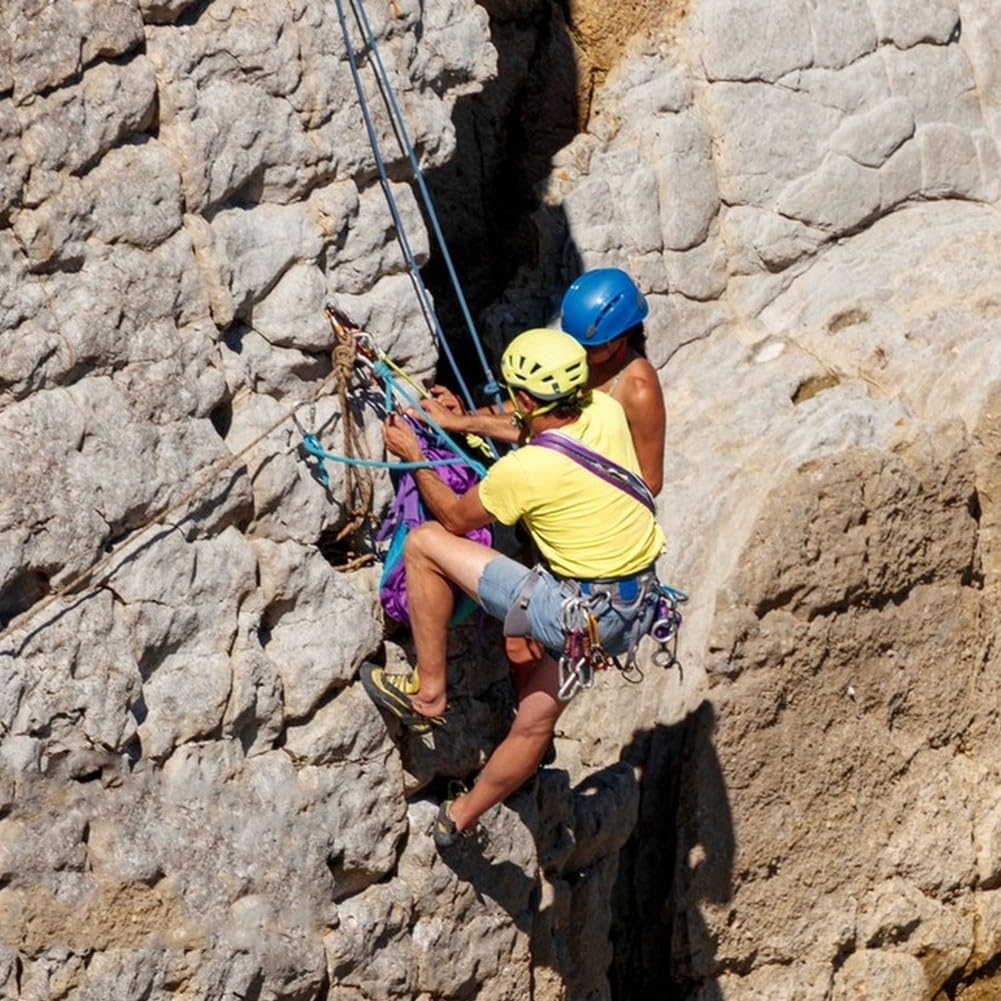Cointeaching Outdoor product specialty store, safeguarding your safety.

Ensuring Every Climb is Safe
Rock climbing is a thrilling and challenging sport, but safety is always paramount. Understanding and following safety rules, and using equipment correctly can minimize risks and ensure every climb is safe. Here are some key safety tips for rock climbing.
1. Proper Use of Equipment
High-Quality Equipment
Choosing high-quality climbing equipment is the foundation of safety. Essential gear includes climbing ropes, harnesses, helmets, quickdraws, and carabiners. Ensure these meet international standards and regularly check and maintain them to avoid using old or damaged gear.
Correct Wearing and Use
Wear harnesses and helmets correctly to ensure they are secure and comfortable. Learn and master various climbing knots, such as the figure-eight knot and double fisherman’s knot, to ensure proper rope connection and usage. Understand how to use belay devices and protection gear to stay safe while climbing and descending.
2. Understanding and Following Safety Rules
Indoor Climbing Gym Rules
When climbing at an indoor gym, strictly follow the safety rules and operational guidelines. Listen to instructors and avoid attempting high-difficulty climbs or using equipment without proper authorization.
Outdoor Climbing Precautions
When climbing outdoors, understand the difficulty and environmental characteristics of the climbing route. Avoid climbing in severe weather conditions, such as thunderstorms and strong winds. Always carry a first aid kit and communication devices to call for help in an emergency.
3. Proper Warm-Up and Preparation
Warm-Up Exercises
Do thorough warm-up exercises before climbing, focusing on wrists, fingers, shoulders, and legs. This reduces the risk of injury and improves flexibility and responsiveness, helping you feel more confident and comfortable during climbs.
Mental Preparation
Climbing challenges both the body and mind. Stay calm and focused, avoiding impatience and excessive tension. Gradually increase the difficulty and height of climbs to adapt to the rhythm and challenges of rock climbing.
4. Learning First Aid Knowledge
Basic First Aid Skills
Learn basic first aid skills to respond quickly in case of accidents. Know how to treat common climbing injuries such as sprains, abrasions, and fractures. Understanding CPR and bleeding control methods can be life-saving in critical moments.
Carrying a First Aid Kit
Always carry a simple first aid kit containing bandages, antiseptic solutions, plasters, and tourniquets. On long or difficult climbs, a first aid kit is indispensable.
5. Collaborating with Climbing Partners
Teamwork
Climbing is often a team activity. Maintain good communication and cooperation with climbing partners to ensure mutual safety. Establish clear signals and command systems to communicate and support each other during climbs.
Checking Each Other’s Gear
Before starting a climb, check each other’s equipment and knots to ensure nothing is missed or incorrect. Mutual supervision and reminders can significantly reduce the chances of accidents.
Conclusion
Rock climbing is an exciting and fulfilling sport, but safety always comes first. By using equipment correctly, understanding and following safety rules, doing thorough warm-ups and preparation, learning first aid knowledge, and closely collaborating with climbing partners, you can ensure every climb is safe and enjoyable. Embrace the challenges and joys of climbing while protecting yourself and others, making your climbing journey filled with more wonderful memories.
